Check Steering Alignment After Collision Safely

After a collision, check steering alignment to prevent further damage and ensure safety. Inspect com…….
In the ever-evolving realm of transportation, ensuring safety and efficiency in the aftermath of a collision is paramount. This article delves into the critical concept of steering alignment after collision, exploring its purpose, mechanisms, and profound impact on various sectors. Steering alignment refers to the precise adjustment of vehicles’ steering systems post-collision, aiming to optimize performance, enhance safety features, and minimize damage. Understanding this process is essential for stakeholders across industries, from automotive manufacturers to regulatory bodies, as it plays a pivotal role in shaping the future of transportation safety.
Steering alignment after collision involves the systematic realigning of a vehicle’s steering components to restore optimal performance and handling following a crash. This process includes adjustments to critical elements such as:
The concept of post-collision steering alignment has evolved over decades, driven by advancements in vehicle technology and safety standards. Historically, early vehicles had simpler steering mechanisms, making alignments more straightforward. However, modern automobiles, with their intricate systems and advanced driver assistance systems (ADAS), necessitate specialized knowledge and equipment for accurate realignment.
Steering alignment is significant for several reasons:
The global impact of steering alignment after collision is profound, with varying trends across regions:
| Region | Key Trends | Impact |
|---|---|---|
| North America | Strict safety standards and widespread adoption of ADAS. | Promotes advanced realignment techniques and technology investment. |
| Europe | Emphasis on environmental sustainability and electric vehicle (EV) integration. | Drives development of eco-friendly alignment methods for lighter, high-tech vehicles. |
| Asia Pacific | Rapid urbanization and increasing vehicle ownership. | Leads to higher demand for efficient, cost-effective realignment services. |
| Latin America | Growing focus on infrastructure development and safety initiatives. | Influences the need for accessible and affordable steering alignment solutions. |
The steering alignment after collision market is dynamic and growing. According to a recent report by Market Research Future (MRFR), this segment is projected to reach USD 1,250 million by 2027, exhibiting a CAGR of 6.2% from 2020 to 2027. This growth is attributed to increasing vehicle sales, rising safety standards, and the integration of advanced driver assistance systems.
Automotive manufacturers and technology companies are investing heavily in research and development related to steering alignment. These investments focus on:
Technological innovations have revolutionized steering alignment after collision:
Government regulations play a crucial role in shaping steering alignment practices:
Despite its importance, steering alignment after collision faces several challenges:
Proposed Solutions:
Germany’s auto industry, renowned for its precision engineering, has successfully integrated steering alignment into post-collision repair processes. The Auto Alliance, a consortium of major manufacturers, developed comprehensive guidelines and training programs to ensure consistent alignment across different vehicle models. This collaborative approach has led to superior safety records and customer satisfaction.
Japan’s electric vehicle (EV) market is a testament to innovative steering alignment practices. Japanese manufacturers have adapted their techniques for EVs, considering the unique dynamics of electric steering systems. By leveraging advanced sensors and computer simulations, they’ve achieved precise alignments, contributing to improved EV handling and range.
The future of steering alignment after collision is promising, shaped by emerging trends:
Steering alignment after collision is a critical aspect of modern transportation infrastructure, ensuring safety, performance, and compliance across diverse vehicle types. As technology advances and global trends evolve, the field continues to adapt and innovate. By addressing challenges, adopting new technologies, and collaborating across industries, stakeholders can enhance the effectiveness and accessibility of steering alignment services. This article has provided a comprehensive overview, underscoring the vital role this process plays in shaping safer, smarter transportation systems worldwide.
Q: How often should I get my vehicle aligned after a collision?
A: The frequency depends on the severity of the crash and the alignment system’s design. For minor fender benders, a simple wheel alignment may suffice. However, for more significant collisions, a complete steering alignment check is recommended to ensure safety and optimal performance.
Q: Can advanced driver assistance systems (ADAS) affect steering alignment?
A: Absolutely. ADAS relies on precise steering control, so proper alignment is crucial. Modern vehicles equipped with lane-keeping assist, adaptive cruise control, or self-parking systems may require specialized alignments to maintain these features’ effectiveness.
Q: Are there eco-friendly alternatives for steering alignment?
A: Yes, the industry is moving towards sustainable practices. Some manufacturers use biodegradable materials for alignment components and promote alignment methods that reduce energy consumption and waste, contributing to a greener transportation future.
Q: Can I align my vehicle myself?
A: While some basic wheel alignments can be performed by enthusiasts, complex steering alignments require specialized equipment and training. It’s best to leave these tasks to certified technicians who understand the intricacies of modern vehicles.
Q: How do I know if my vehicle needs a steering alignment after a collision?
A: Experienced technicians can perform damage assessments. They will inspect your vehicle for any visible or invisible damage that could affect steering, and based on their findings, recommend the necessary alignment adjustments.

After a collision, check steering alignment to prevent further damage and ensure safety. Inspect com…….
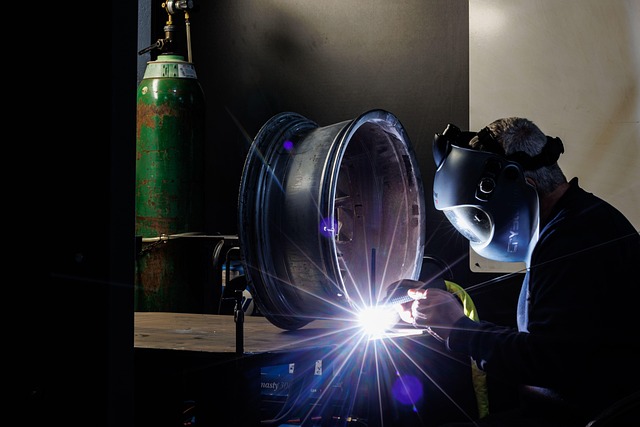
After a car accident, proper steering alignment is crucial for safe driving. Bodywork experts assess…….
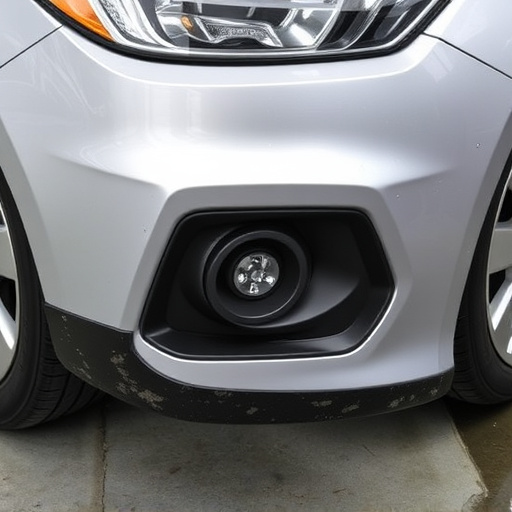
After a minor collision, focus on steering alignment after collision as disruptions can cause uneven…….
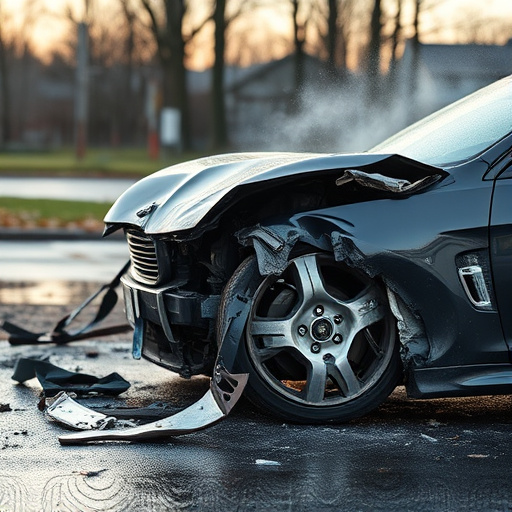
Improper steering alignment after a collision poses safety risks, causing uneven tire wear and handl…….
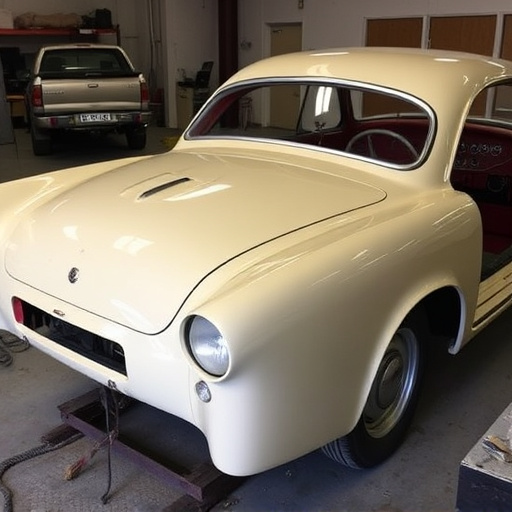
Steering alignment after a collision is vital for safety and vehicle performance. Collisions can dam…….
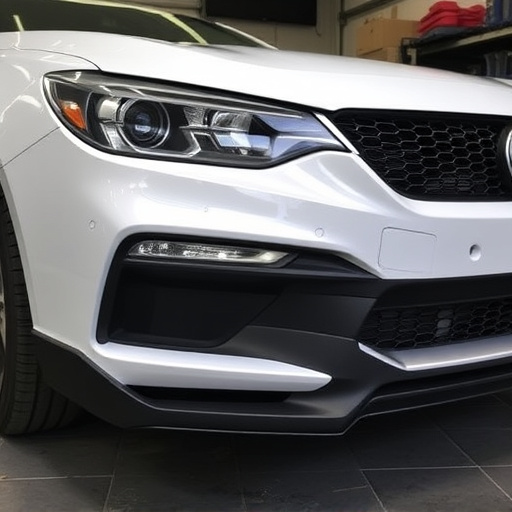
Even minor accidents can disrupt steering alignment, leading to poor handling and safety hazards. Po…….
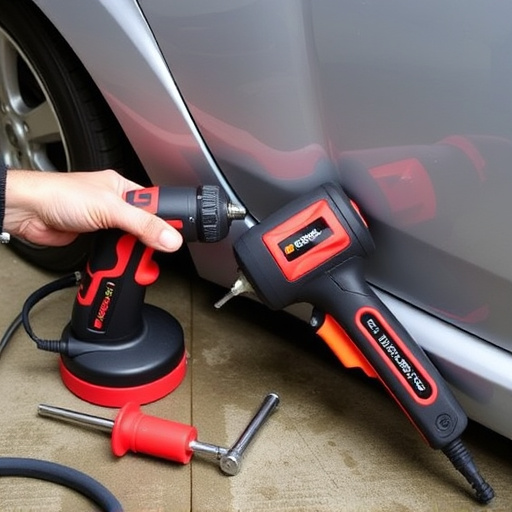
After a collision, proper steering alignment repairs are vital for vehicle safety and performance. S…….
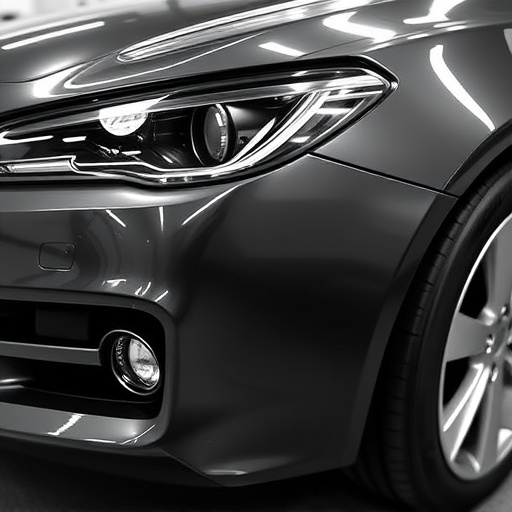
Improper steering alignment after a collision is a serious safety issue, often overlooked. Misalignm…….
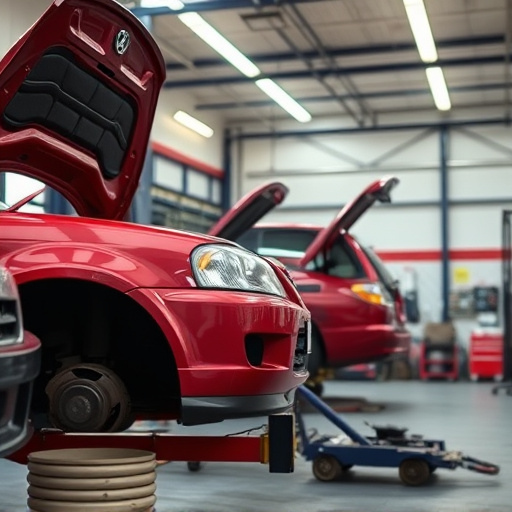
After a car accident, thoroughly assess steering alignment to prevent severe structural damage and e…….
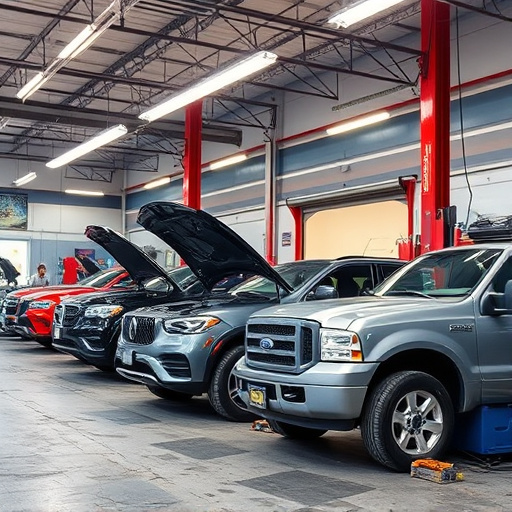
Steering alignment after a collision is often overlooked but crucial for vehicle safety and performa…….